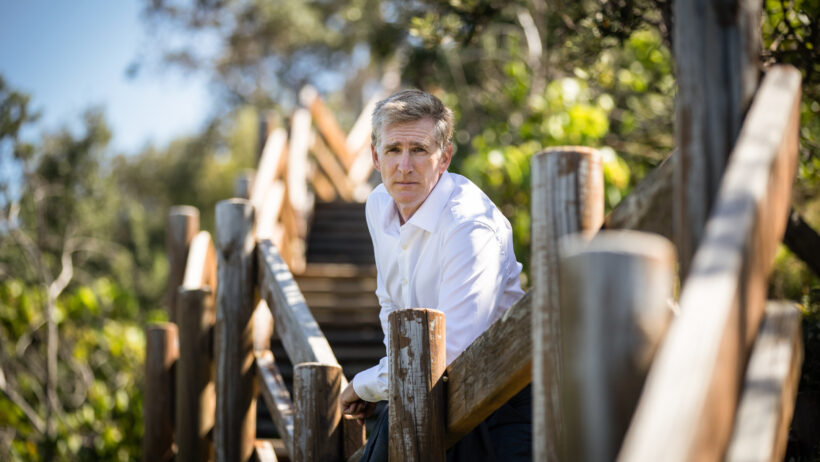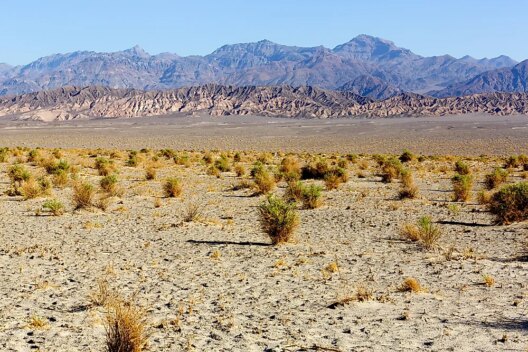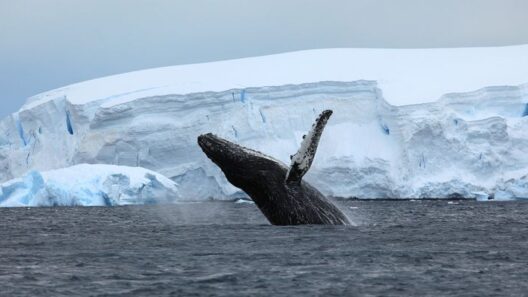The assertion that 97% of climate scientists agree on the existence and anthropogenic cause of global warming is often cited in discussions about climate change. This figure has emerged as a cornerstone in the dialogue surrounding environmental policy and public perception. However, a closer examination of the research and context surrounding this statistic reveals a complex tapestry of scientific consensus, communication challenges, and public response.
To begin with, the origin of the 97% figure can primarily be traced back to multiple studies evaluating the scientific literature on climate change. Notably, one significant study conducted by John Cook and his colleagues in 2013 reviewed nearly 12,000 peer-reviewed articles on climate science. Their findings indicated that among papers that took a position on the cause of climate change, approximately 97.1% endorsed the consensus that humans are significantly affecting the climate.
This statistic is pivotal for several reasons. First, it underscores the overwhelming agreement among climate scientists, which is crucial in shaping policies aimed at mitigating climate change. In fields where consensus is palpable, the call to action is usually more vigorous, enabling policymakers to advocate for scientific research and funding geared towards sustainable practices. Moreover, this figure serves to combat misinformation by clarifying the extent of scientific agreement amidst a cacophony of dissenting opinions.
Nevertheless, the 97% statistic has not gone unchallenged. Skeptics and climate change deniers often attempt to undermine the credibility of this consensus by questioning the methodologies used in these studies. They argue that the sample size might not reflect the entirety of climate science and that the kinds of papers included were biased towards those affirming human-induced climate change. This challenge points to an essential aspect of scientific discourse—namely, that scientific consensus can be a moving target, contingent upon new research and evolving methodologies.
Another aspect to consider is the disparity between scientific consensus and public perception. Despite the strong majority of scientists acknowledging climate change, polls reveal that a significant portion of the general population remains skeptical. This disconnect can likely be attributed to several factors, including media representation, political ideology, and educational background. The portrayal of climate issues in media outlets often amplifies fringe viewpoints, giving the false impression that the scientific community is divided on this issue.
Furthermore, political polarization has exacerbated public distrust in scientific conclusion. In the United States, for instance, individuals with stronger conservative beliefs tend to exhibit more skepticism towards climate science. This ideological battleground has fostered a climate of fear and uncertainty, making it imperative for advocates to engage in clear, accessible communication. By doing so, they can bridge the gap between rigorous scientific findings and public comprehension.
It is also critical to examine the niche divisions within the climate science community. While a broad consensus exists regarding human-induced climate change, the nuances of climate science—such as regional impacts, specific policy responses, and economic considerations—may yield differing opinions among scientists. This kaleidoscopic variety, while integral to a robust scientific conversation, can confuse those outside the field, further blurring the lines between agreement and dissent.
The dissemination of climate science is further complicated by the concept of “echo chambers.” Social media platforms often create spaces where individuals encounter only information that reinforces their pre-existing beliefs. In this environment, the 97% statistic can be easily dismissed or ridiculed under the banner of alternative narratives. Engaging with diverse audiences necessitates innovative approaches to outreach, including storytelling and visual representation of scientific data, to ensure that the message resonates across ideological divides.
A noteworthy counterpoint in discussions about consensus is the nuanced nature of academic language. Often, scientific findings are couched in dense terminology that can alienate non-specialists. The phrase “97% of climate scientists” might not suffice in conveying the implications of ongoing climate change. Therefore, it becomes essential to translate complex findings into layman-friendly terms while maintaining scientific integrity, ensuring a more profound understanding of the issues at hand.
Climate change is no longer a theoretical concern; it is an immediate challenge that demands urgent action. The implications of ignoring scientific consensus are dire. Rising sea levels, increasing weather extremes, and habitat destruction are just the apex of a growing crisis that will only magnify if an effective collective response is not mobilized. Thus, the call to rely on scientific consensus, embodied in statistics like the 97% figure, is more than a mere talking point; it is an appeal to collective responsibility.
In conclusion, while the assertion that 97% of climate scientists affirm global warming is statistically supported, the conversation around this figure requires a multifaceted understanding. The dialogue must extend beyond mere numbers to address misinformation, public perceptions, and the intricacies of scientific communication. By fostering a robust and accessible narrative, advocates for climate action can engage various stakeholders—policymakers, business leaders, and the general public alike—in a meaningful discourse that emphasizes the gravity and immediacy of climate change. Ultimately, the aim is to convert informed understanding into decisive action, thereby safeguarding the planet for future generations.







